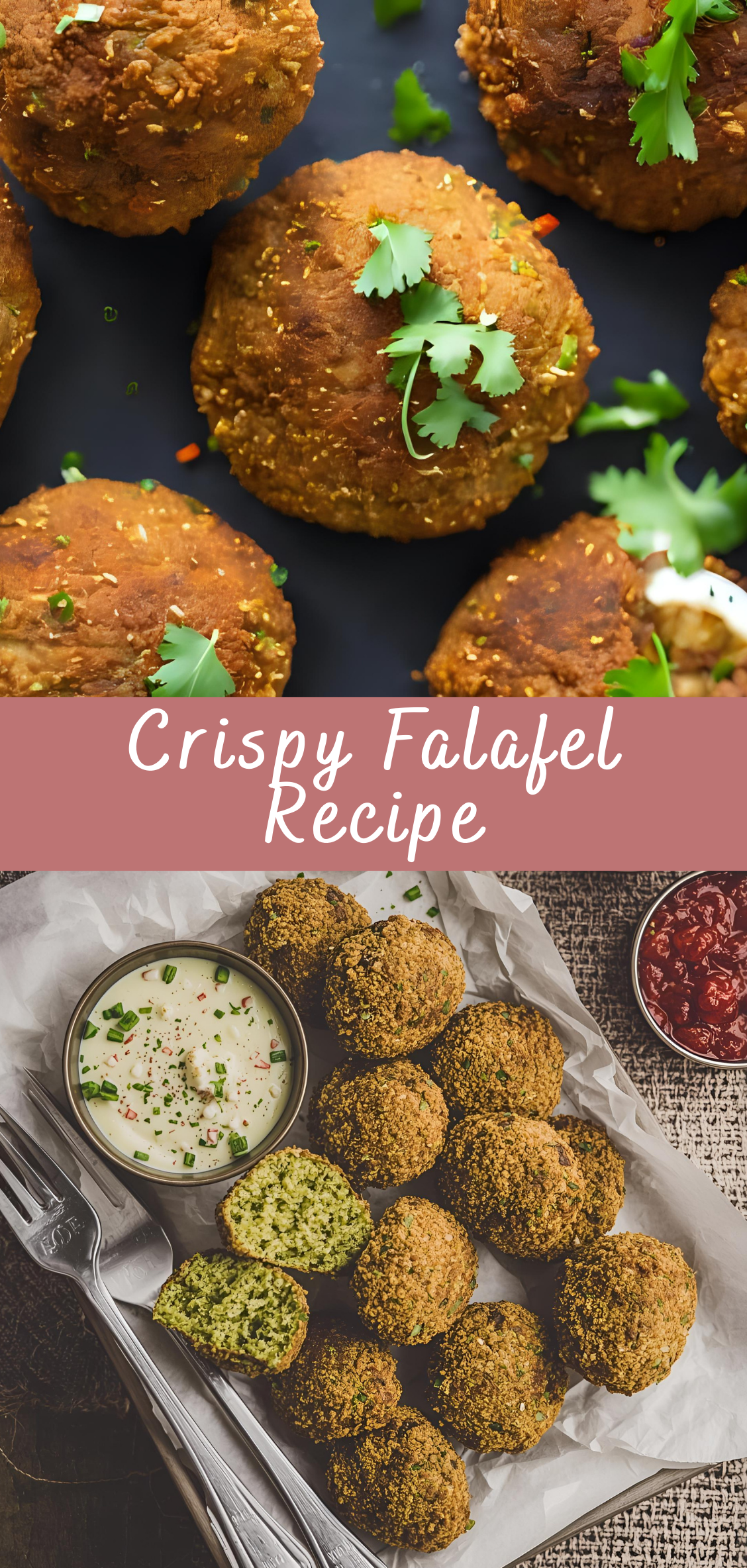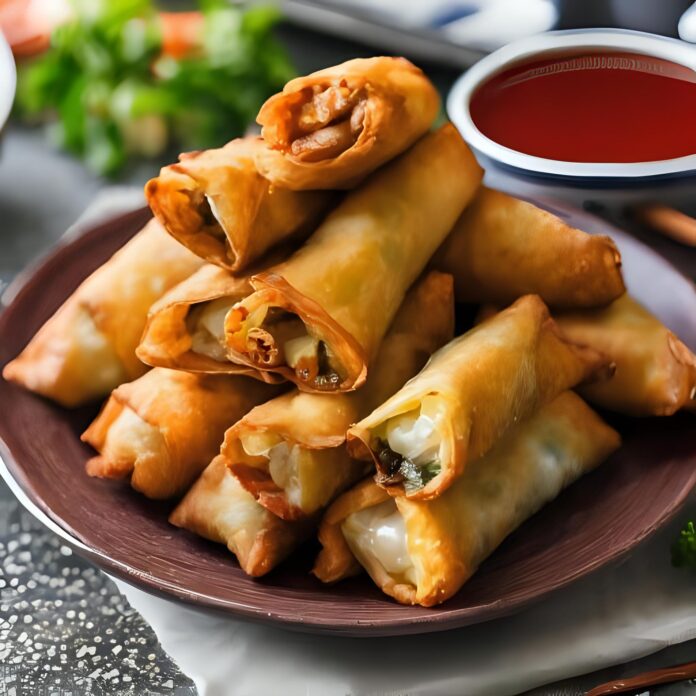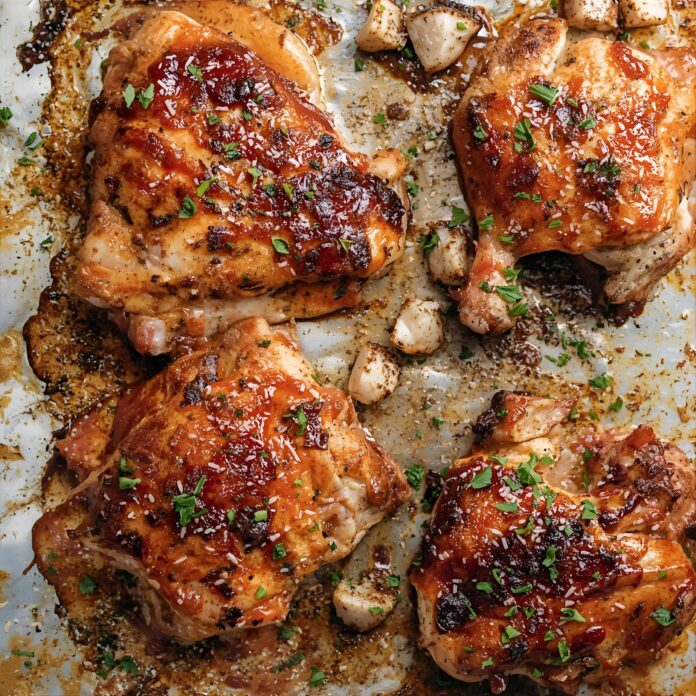Crispy Falafel: The Ultimate Guide to Perfectly Crunchy, Flavorful Middle Eastern Bites
Falafel is much more than just a popular street food—it’s a cultural icon that has traveled far beyond its Middle Eastern roots to become a beloved dish worldwide. These golden, crispy spheres of ground chickpeas (or fava beans) and aromatic herbs offer an incredible burst of flavor and texture in every bite. Whether tucked inside warm pita bread, served atop a fresh salad, or enjoyed simply with a drizzle of tahini sauce, falafel represents the perfect harmony of humble ingredients transformed by technique and tradition.

The appeal of falafel lies in its crispy exterior and tender, herbaceous interior—a contrast that’s both comforting and exciting. Achieving that perfect balance, however, requires understanding the nuances of preparation, from soaking and grinding the legumes to selecting the right spices and frying to a flawless golden brown. For many home cooks, falafel can feel intimidating: Will the mixture fall apart? How do you get them crispy without being greasy? What variations exist beyond the classic recipe?
This guide will answer all those questions and more. You’ll learn the authentic way to prepare falafel from scratch, along with modern twists and cooking methods that suit every kitchen and lifestyle—including baking and air frying for healthier alternatives. We’ll explore ingredient substitutions, flavor enhancers, and step-by-step instructions that demystify the process and empower you to create restaurant-quality falafel at home.
Beyond the recipe, falafel’s history and cultural significance enrich its story. Originating in the Levant and Egypt, this humble legume patty carries centuries of culinary tradition. We’ll dive into its origins, variations across regions, and its evolving role in global cuisine.
Whether you’re a vegetarian, vegan, or simply a fan of bold, plant-based flavors, falafel offers a nutrient-rich, protein-packed option that’s as versatile as it is delicious. Paired with classic accompaniments like tahini, pickled vegetables, fresh herbs, and warm flatbreads, it becomes a meal that nourishes body and soul alike.
In this extensive recipe article, you’ll gain everything you need to master crispy falafel—from ingredient selection and preparation tips to frying techniques and creative serving suggestions. Prepare to transform simple chickpeas into golden nuggets of flavor that will impress family, friends, and even the most discerning food critics.
So roll up your sleeves, grab your mortar and pestle (or food processor), and get ready to create falafel that’s crispy on the outside, fluffy on the inside, and bursting with the authentic flavors of the Middle East.
Ingredients
This recipe yields about 20-24 falafel balls or patties.
Dry Ingredients:
-
1 ½ cups dried chickpeas (do not use canned or cooked chickpeas)
-
1 small onion, roughly chopped
-
4 cloves garlic, peeled
-
1 cup fresh parsley leaves, packed
-
1 cup fresh cilantro leaves, packed
-
1 teaspoon ground cumin
-
1 teaspoon ground coriander
-
1 teaspoon salt (adjust to taste)
-
½ teaspoon baking powder (optional but helps lighten the texture)
-
½ teaspoon ground black pepper
-
1/4 teaspoon cayenne pepper (optional, for heat)
Wet Ingredients:
-
2-3 tablespoons water (if needed, to bind)
-
Vegetable oil (for frying; about 2-3 cups depending on pan size)
Equipment Needed
-
Large bowl for soaking chickpeas
-
Food processor or mortar and pestle
-
Measuring spoons and cups
-
Large skillet or deep fryer
-
Slotted spoon or spider strainer
-
Paper towels for draining
-
Baking sheet or plate lined with parchment (for resting)
Step 1: Soak the Chickpeas
The foundation of great falafel starts with properly soaked chickpeas.
-
Place 1 ½ cups dried chickpeas in a large bowl.
-
Cover them generously with cold water—about 3-4 inches above the chickpeas, as they will swell considerably.
-
Soak for at least 12 hours or overnight. This softens the chickpeas without cooking them, which is crucial for proper texture.
-
After soaking, drain the chickpeas thoroughly and pat dry with a clean towel or paper towels.
Tip: Soaking the chickpeas longer (up to 24 hours) results in a lighter, crispier falafel.
Step 2: Prepare the Herb and Spice Mix
While the chickpeas soak, prepare your aromatics and spices.
-
Roughly chop 1 small onion and 4 cloves garlic.
-
Wash and dry 1 cup each of fresh parsley and cilantro leaves.
-
Measure out spices: cumin, coriander, salt, black pepper, and optionally cayenne pepper.
-
Have ½ teaspoon baking powder ready if using—it adds lightness.
Step 3: Pulse the Falafel Mixture
-
Add the soaked and drained chickpeas to the bowl of a food processor.
-
Add the chopped onion, garlic, parsley, and cilantro.
-
Add the spices and baking powder.
-
Pulse in short bursts, scraping down the sides as needed, until the mixture resembles coarse sand or fine crumbs. The texture should be grainy but hold together when pressed.
Important: Do not over-process into a paste—this will make falafel dense and gummy.
-
If the mixture feels dry and crumbly, add 1-2 tablespoons of cold water and pulse again. It should hold together when squeezed but not be wet.
Step 4: Rest the Mixture
-
Transfer the falafel mixture to a bowl, cover with plastic wrap, and refrigerate for 30 minutes to 1 hour.
-
This resting time helps hydrate the mixture evenly and makes shaping easier.
Step 5: Shape the Falafel
-
Using your hands or a falafel scoop (if available), form the mixture into small balls about 1.5 inches in diameter, or small patties if you prefer.
-
Place the formed falafel on a baking sheet or plate lined with parchment paper.
-
If the mixture is sticky, wet your hands lightly with water to prevent sticking.
Step 6: Heat the Oil
-
Pour vegetable oil into a deep skillet or frying pan—enough to cover the falafel halfway (about 2-3 inches deep).
-
Heat the oil to 350°F (175°C). Use a thermometer for best results.
-
If you don’t have a thermometer, test the oil by dropping in a small piece of the mixture—it should sizzle and rise to the surface quickly.
Step 7: Fry the Falafel
-
Carefully lower a few falafel balls into the hot oil, avoiding overcrowding the pan.
-
Fry for about 3-4 minutes per side, turning gently with a slotted spoon or tongs, until golden brown and crispy on all sides.
-
Remove with a slotted spoon and place on paper towels to drain excess oil.
Tip: Maintain oil temperature between 325°F and 350°F. If oil is too hot, falafel will burn on the outside and be raw inside; too cool, and they will absorb excess oil and become greasy.
Step 8: Serve and Enjoy
-
Serve falafel hot or at room temperature.
-
Accompany with classic sides like warm pita bread, tahini sauce, chopped cucumbers, tomatoes, pickles, and fresh herbs.
-
Falafel also works wonderfully in salads, wraps, or even as a protein-packed snack.
Alternative Cooking Methods
-
Baking: Place shaped falafel on a greased baking sheet, spray with oil, and bake at 400°F (200°C) for 20-25 minutes, flipping halfway, until golden and crisp.
-
Air Frying: Arrange falafel in a single layer in an air fryer basket, spray with oil, and cook at 350°F (175°C) for 12-15 minutes, shaking halfway through.
Troubleshooting Tips
-
Falafel falls apart? Make sure chickpeas are soaked properly and the mixture isn’t too wet or dry. Adding a bit of flour or breadcrumbs can help bind.
-
Too dense? Don’t over-process the mixture. Add baking powder and let the mixture rest before shaping.
-
Not crispy? Ensure oil temperature is correct and don’t overcrowd the pan.
Crispy Falafel Recipe
Falafel is much more than just a popular street food—it’s a cultural icon that has traveled far beyond its Middle Eastern roots to become a beloved dish worldwide. These golden, crispy spheres of ground chickpeas (or fava beans) and aromatic herbs offer an incredible burst of flavor and texture in every bite. Whether tucked inside warm pita bread, served atop a fresh salad, or enjoyed simply with a drizzle of tahini sauce, falafel represents the perfect harmony of humble ingredients transformed by technique and tradition.
Ingredients
- 1 cup dried chickpeas (do NOT use canned)
- ½ large onion, roughly chopped
- 3 cloves garlic
- 1 cup fresh parsley leaves (packed)
- 1 cup fresh cilantro leaves (packed)
- 1 tsp ground cumin
- 1 tsp ground coriander
- ½ tsp cayenne pepper (optional)
- 1 tsp salt
- ½ tsp baking powder
- 3–4 tbsp all-purpose flour (or chickpea flour for gluten-free)
- Oil for frying (vegetable or canola)
Instructions
- Soak chickpeas:
Rinse the dried chickpeas and soak in plenty of cold water overnight or for at least 12 hours. They will expand, so use a large bowl. - Prepare falafel mixture:
Drain chickpeas and transfer to a food processor. Add onion, garlic, parsley, cilantro, cumin, coriander, cayenne, and salt. Pulse until the mixture is coarse and grainy but holds together when pressed. Scrape down sides as needed. - Add baking powder and flour:
Sprinkle in baking powder and 3 tablespoons of flour. Pulse a few more times. Add more flour if the mixture is too wet to hold shape. - Chill mixture:
Transfer the mixture to a bowl and refrigerate for at least 30 minutes. This helps firm it up. - Shape falafel:
Using wet hands or a falafel scoop, form the mixture into balls or small patties about 1 ½ inches in diameter. - Fry falafel:
Heat oil in a deep skillet or pot to 350°F (175°C). Fry falafel in batches, turning occasionally, until golden brown and crispy, about 3–4 minutes per batch. Remove with a slotted spoon and drain on paper towels. - Serve:
Serve warm with pita bread, tahini sauce, fresh veggies, or in a salad.
Notes
- Do not use canned chickpeas: They’re too soft and won’t hold together well.
- Baking option: For a lighter version, bake at 400°F (200°C) for 20–25 minutes, turning halfway. They won’t be as crispy but still tasty!
- Freeze: Shape and freeze uncooked falafel balls on a baking sheet, then transfer to a bag. Fry or bake from frozen.



